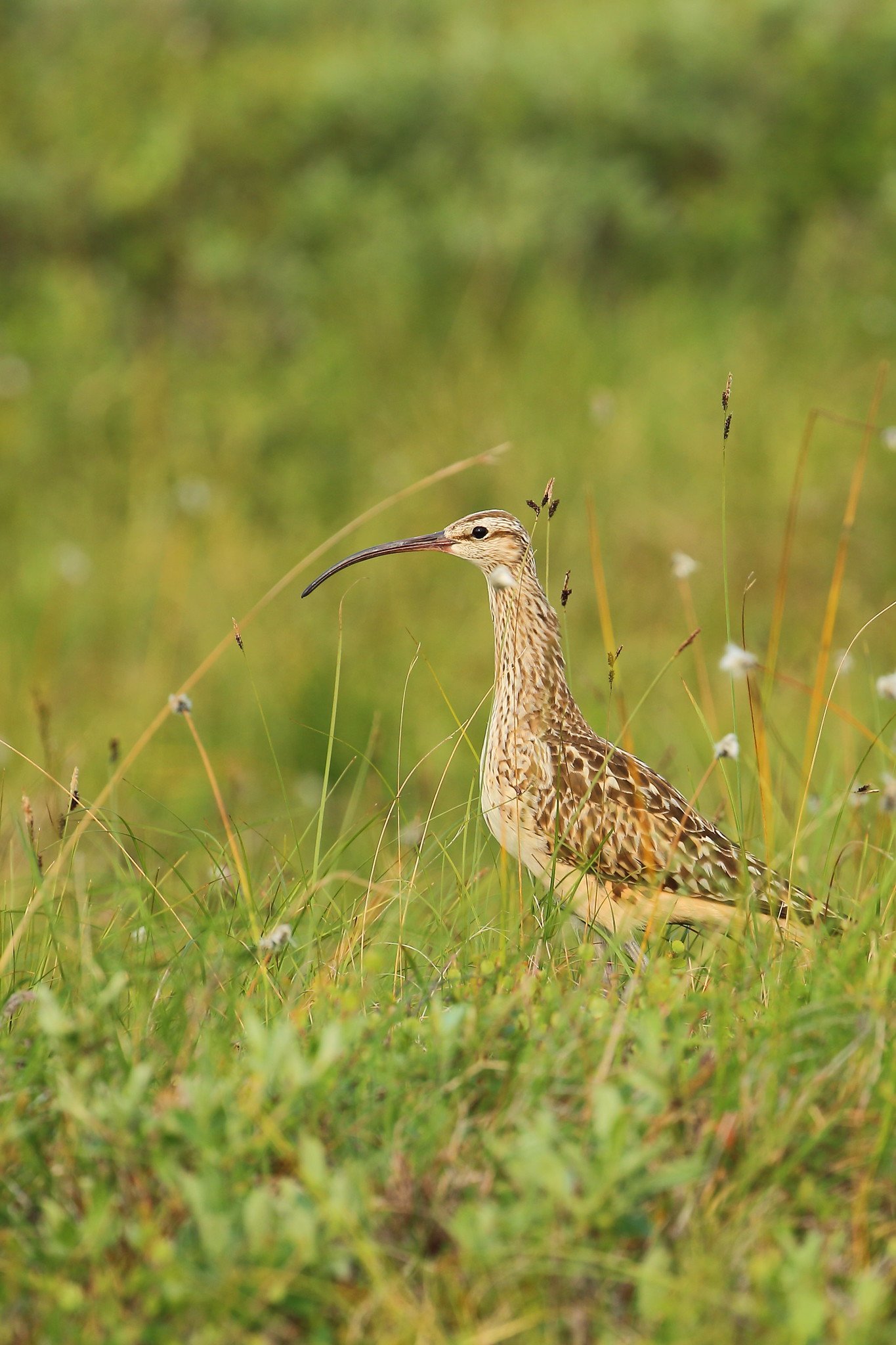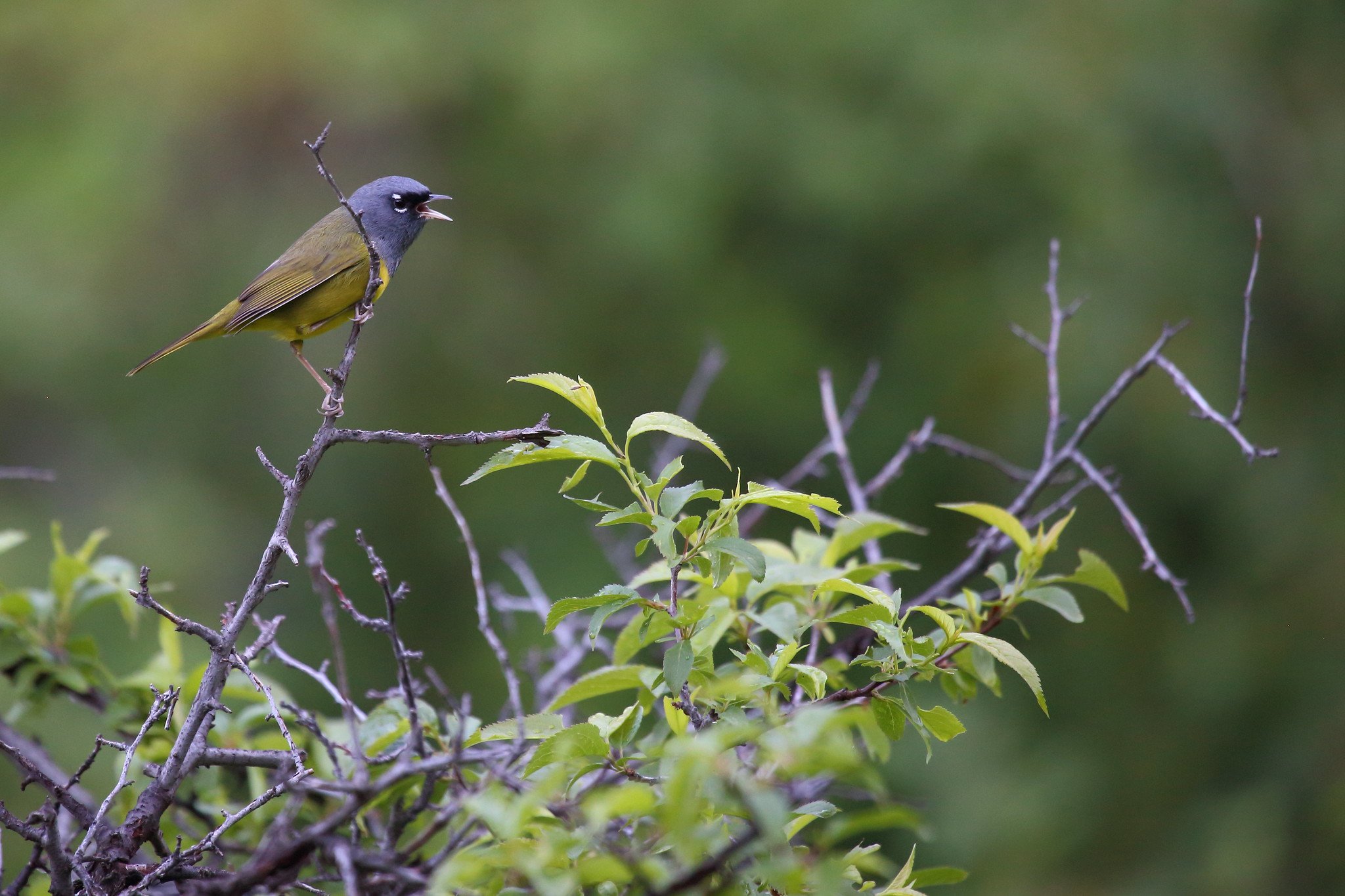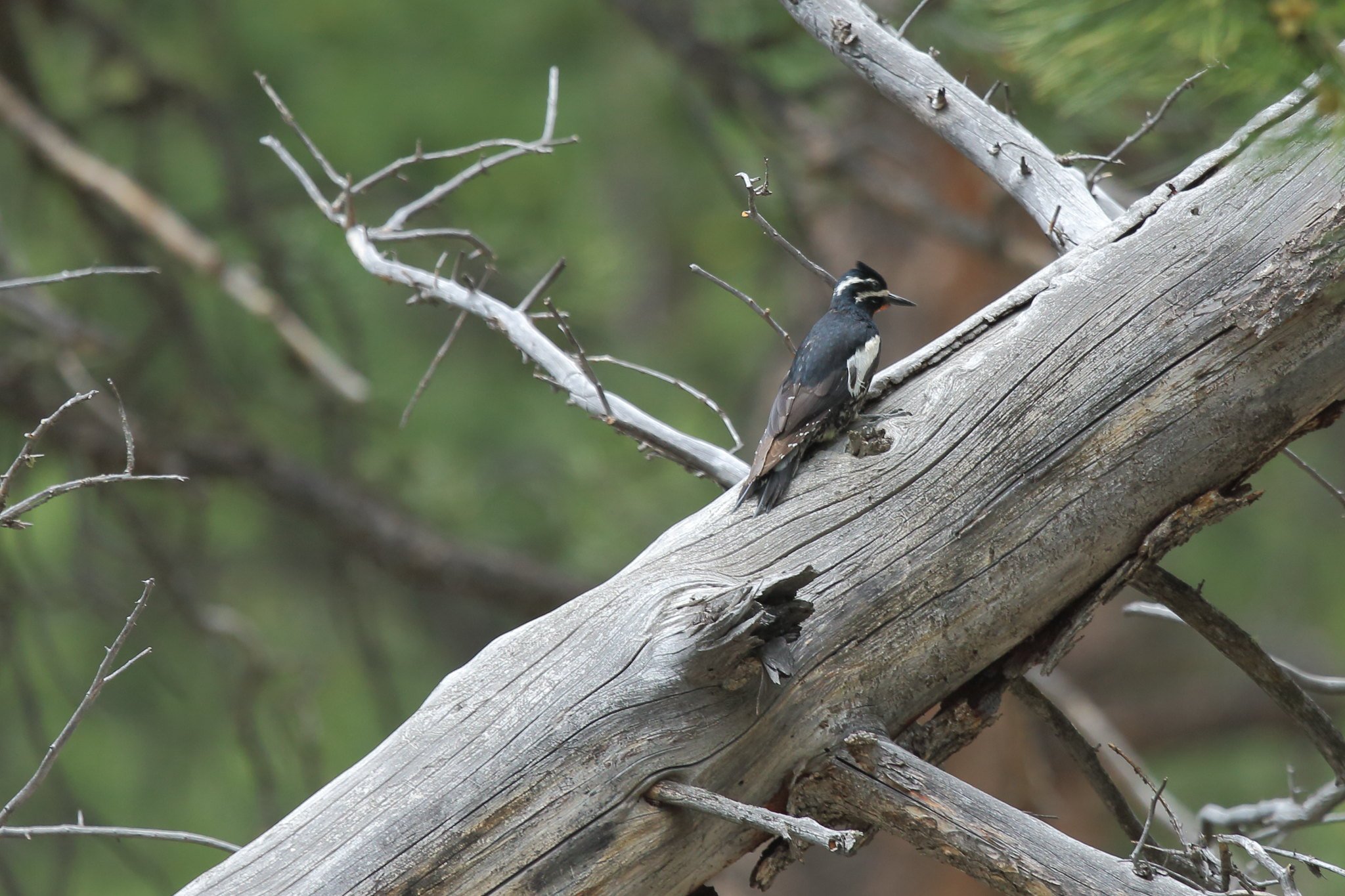
ALASKA: Nome and the Kenai Peninsula
May 31 - June 10, 2026 — ONE SPOT LEFT!
Birding Tour to Alaska
Alaska Birding
Dates: May 31 - June 10, 2026 (11 days, 10 nights)
Cost: $7,550 per person double occupancy
Guide: Peter Burke
Highlights:
This tour is limited to eight travelers including host and guide.
Five days in Nome, the southern coast of the Seward Peninsula!
Experience the Kenai Peninsula with two nights in Seward and two nights in Homer.
Explore Kenai Fjords National Park by boat!
Cruise Kachemak Bay with a visit to Gull Island seabird rookery!
Tour price includes roundtrip airfare to Nome and both boat tours!
Learn More:
-
Included:
Guided birding for 11 days.
Lodging for 10 nights
Meals beginning with dinner on the first night through breakfast on the final day.
Transportation throughout the trip beginning on June 1.
Round trip airfare from Anchorage to Nome.
Full-day boat tour of Kenai Fjords NP and half-day boat tour of Kachemak Bay.
Optics – I will have a Kowa 99mm scope available throughout the tour.
NOT Included:
Round trip flights to Anchorage (ANC).
Lodging/Meals prior to or after the tour dates: May 31 - Jun. 10.
Personal items such as alcohol with meals, laundry, etc.
-
May 31 – Arrivals, night in Anchorage.
Plan to arrive at Anchorage International Airport (ANC) and transfer to our hotel that is just 1 mile from the airport, appropriately named the Puffin Inn. We’ll gather for an early dinner at a nearby steakhouse where we’ll enjoy our first meal together and review the trip itinerary. In the morning, we’ll catch the first flight to Nome that departs at 7:30 AM.
Jun. 1-5 -- Birding Nome – night at Aurora Inn & Suites.
The days of the gold rush have faded, although a few small mining operations remain active. Today, Nome serves as a gateway to the Alaskan wilderness, with more than 200 miles of maintained gravel roads providing access to many habitats including coastal wetlands, tundra, willow thicket, boreal forest and even alpine tundra. Several birds with limited nesting ranges in North America can be found in Nome such as Arctic Loon, Bristle-thighed Curlew, Red-necked Stint, Bar-tailed Godwit, Slaty-backed Gull, Bluethroat, Eastern Yellow and White Wagtails, Northern Wheatear and Arctic Warbler, to name a few! Nome also supports vast numbers of migrating and nesting shorebirds with highlights including American and Pacific Golden-Plovers, Wandering Tattler, Black Turnstone, Surfbird, Whimbrel and Buff-breasted Sandpiper.
The offshore waters, bays and lagoons offer great chances to view waterfowl, and all four species of eiders are possible alongside Harlequin and Long-tailed Ducks, and four species of scoter, including the rare Stejneger’s Scoter. Nome is also one of the few places where it’s possible to see all five species of loons: Red-throated and Pacific are common while Yellow-billed and Arctic Loons occur in small numbers. Ironically, Common Loon is the least common of the loons to see in Nome. In the interior, cliffs and rugged mountains support raptor populations with Golden Eagle, Rough-legged Hawk, Short-eared Owl, Gyrfalcon and Peregrine Falcon all nesting. Lower lying tundra supports Willow Ptarmigan while upland areas hold the scarcer Rock Ptarmigan.
Away from the coastline, alder thickets shelter warblers, sparrows, finches and thrushes including Varied and Gray-cheeked Thrushes; Northern Waterthrush, Orange-crowned, Yellow, Blackpoll, Yellow-rumped and Wilson’s Warblers; American Tree, Fox, White-crowned, Golden-crowned and Savannah Sparrows; and Redpolls. Add to that Lapland Longspurs and Snow Buntings plus chances for Pine Grosbeak, White-winged Crossbill, Bohemian Waxwing and even Spruce Grouse. Many large mammals including Muskox, Moose, Caribou and occasionally Brown “Grizzly” Bear are present as well, though not always seen.
From our base in Nome, we will explore each of the three roads that take us into the wilds: Teller Road extending northwest through tundra, Kougarok Road that winds north through tundra and rocky terrain en route to Coffee Dome (Bristle-thighed Curlew) and Council Road that hugs the coast on the way east to Safety Sound. We’ll be looking for a long list of target species and there’s always the chance for something rare.
June 5 -- Return to Anchorage, and travel to Seward – night at the Breeze Inn, Seward.
The drive from Anchorage south to Seward is beautiful if the weather cooperates. We will make a stop at Potter Marsh where a Falcated Duck was seen in June 2019, and stop at Beluga Point to scan for Beluga Whales and perhaps see Dall’s Sheep on the nearby rocks. The Seward Highway winds us through the northernmost extent of the Pacific coastal rainforest, and we could see Chestnut-backed Chickadee, Steller’s Jay, crossbills, Townsend’s Warbler and other species typical of the temperate forest.
There are many lakes, ponds and marshes along the way to tempt us as we continue south. Near Moose Pass the steep mountains covered in Sitka spruce and western hemlock meet Resurrection Bay, providing salmon with numerous rivers for spawning. We’ll check into the Breeze Inn with some time before dinner.
Jun. 6 -- Kenai Fjords National Park – night at the Breeze Inn, Seward.
After breakfast, we’ll board our boat for an 8.5-hour pelagic tour that will take us into Kenai Fjords National Park. We’ll view three glaciers including the impressive Northwestern Glacier with its blue-green ice flowing directly to the sea. Our target birds are many: Common and Thick-billed Murres, Tufted and Horned Puffins, Pigeon Guillemot, Marbled and Kittlitz’s Murrelet’s, Rhinoceros and Parakeet Auklets, Red-faced Cormorant and more. Short-billed Gull and Black-legged Kittiwakes are the most common gulls here. We should also see Steller’s sea lions, sea otters, harbor seals and perhaps humpback whales or orcas.
June 7 – Seward to Homer – night at the Driftwood Inn, Homer.
Today we’ll journey from Seward to Homer, backtracking north to Tern Lake, then heading west along the Sterling Highway. The road hugs the Kenai River and offers many opportunities to search for birds and wildlife as we take in the scenery. When we arrive, we may opt to stretch our legs a bit with a walk on the spit, if the tide is right, or we’ll check Bishop’s Beach.
Jun. 8 – Homer – night at the Driftwood Inn, Homer.
After breakfast we’ll board our boat for a mini pelagic tour of Kachemak Bay. One of the highlights will be viewing the 15,000+ birds that nest on Gull Island. We should have close looks at Red-faced Cormorant, Common Murre, Pigeon Guillemot, Tufted Puffin and perhaps a Horned Puffin as well. Glaucous-winged Gulls and Black-legged Kittiwakes are thick here, and there’s a chance to spot a Wandering Tattler on a falling tide.
In the afternoon we’ll explore the spit and Mud Bay. The tidal ranges here exceed 20 feet, which affects the birding dramatically. The exposed mudflats attract huge numbers of migrating shorebirds from Least Sandpipers to Hudsonian and sometimes Bar-tailed Godwits. Black Turnstone, Red Knot, Black-bellied and Semipalmated Plovers, Dunlin, Short-billed Dowitchers and Western Sandpipers are all possible. We’ll keep an eye out for a lingering Rock Sandpiper in breeding plumage.
June 9 – Homer to Anchorage – night at the Puffin Inn.
It’s a four-hour drive back to Anchorage. We will plan our route depending on any birds we may have missed, or any locations we may want to explore further. Once we arrive back in Anchorage, we’ll check back into the Puffin Inn with a little time to relax before our farewell dinner!
June 10 -- Departures.
Our departures will likely be staggered depending on each person’s flight schedule. The hotel offers a free shuttle, so we can arrange timing with them in advance.
-
Please read through Rocky Mountain Birding terms and conditions here.
Rocky Mountain Birding tours are small and fill quickly!
Book today! Please click on the button below and complete the simple form based on your birding interests. We will be in touch to walk you through your birding or wildlife adventure of your choosing!




























